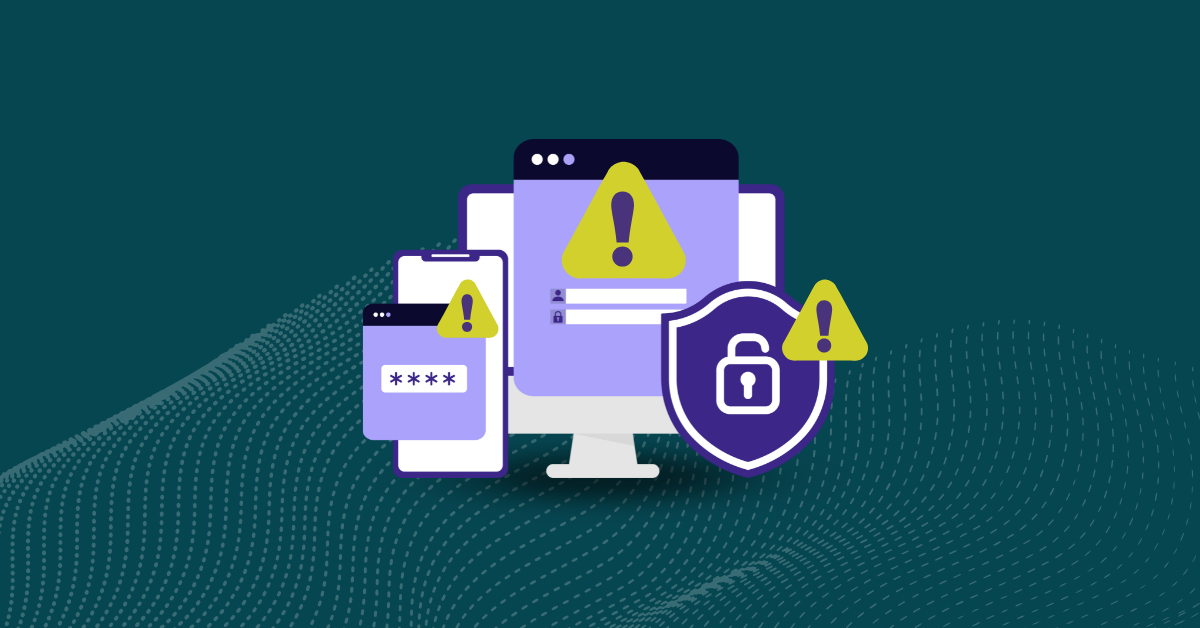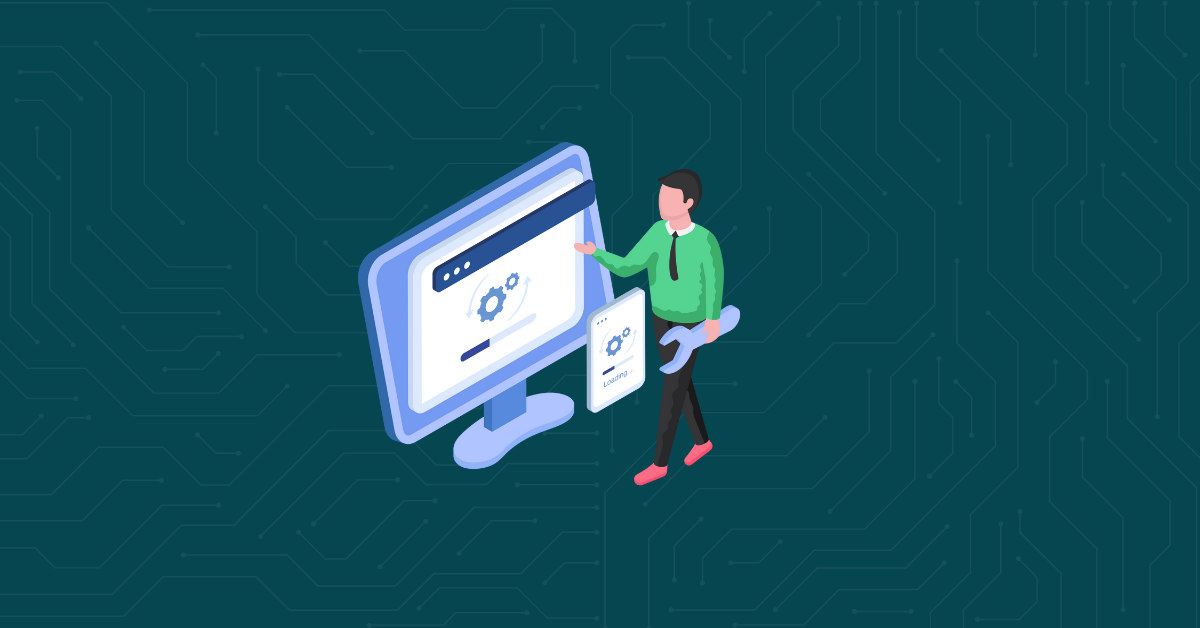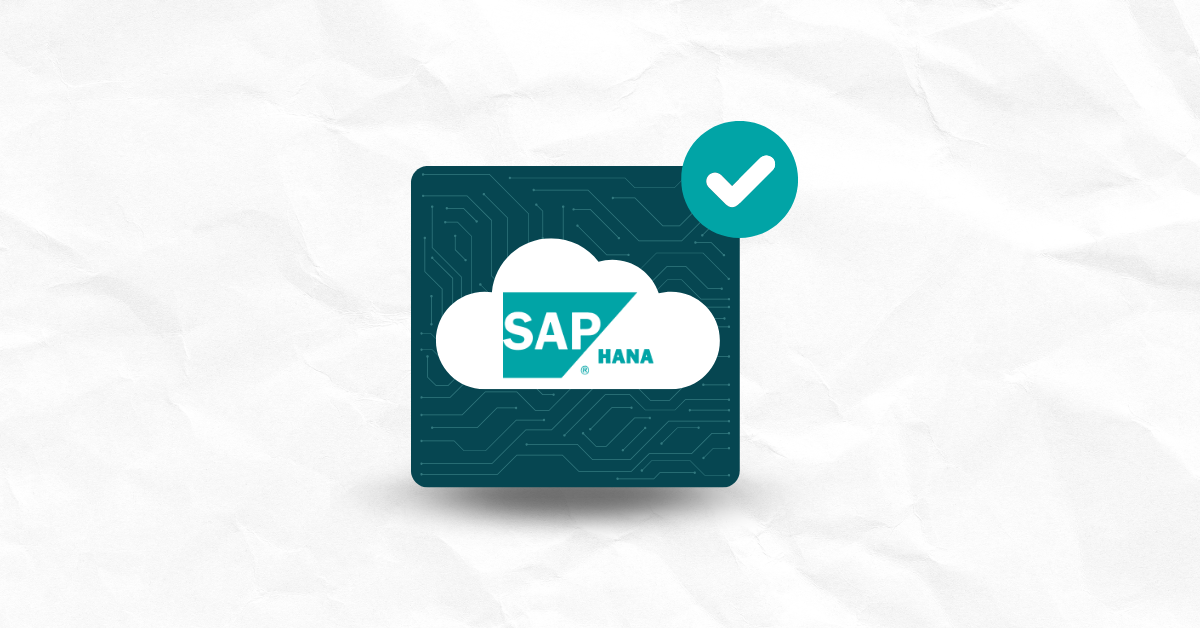

Many cybersecurity incidents trace back to issues that could have been caught earlier in development. As secure coding becomes part of every developer’s job, knowing what to watch out for is just as important as knowing how to fix it. In this post, we’ll look at common software security issues that put applications and users at risk, plus practical ways to prevent them.
According to the IBM Cost of a Data Breach 2024 report, the average global breach cost has reached $4.88 million. But cost is just one thing to consider. Most of today’s breaches don’t begin with sophisticated hacks. Rather, they start with basic, preventable flaws in the software itself that become entry points attackers use to gain access. Here’s why addressing these vulnerabilities early in the development process is more important than ever:
These are some of the most common vulnerabilities found in modern software—and the ones attackers look for first. By understanding how these vulnerabilities happen and how to prevent them, development teams can reduce risk, improve security, and feel confident in the code they ship.
Outdated code is one of the most persistent and overlooked security issues in modern software development. Whether it’s an old legacy function or a third-party library that hasn’t been updated, old code often contains known vulnerabilities and flaws that are documented and exploitable by attackers. These software vulnerabilities can open you up to anything from data exposure to a full system compromise.
In many cases, outdated code isn’t the result of negligence. Rather, it’s the result of fast-moving teams, growing complexity, and a lack of visibility across the codebase. Without a solid approach to vulnerability management and regular checks built into the software development lifecycle, these risks compound over time.
Open source enables much in software development, powering everything from front-end frameworks to critical back-end systems. But with that convenience comes risk. Many open-source software packages are maintained by small teams and may contain security risks that go unnoticed until they’re exploited. When teams blindly trust or fail to vet third-party dependencies, they expose themselves to vulnerabilities that live outside their own codebase.
These risks aren’t theoretical. Supply chain attacks and dependency poisoning (typo-squatting) have impacted countless organizations by exploiting weaknesses in the ecosystem of shared libraries. Once compromised, these components can silently integrate themselves into your application and give attackers a direct route into production environments.
SQL injection attacks are among the most well-known and dangerous security vulnerabilities in web-based applications. It occurs when untrusted or unsanitized user input is passed directly into a database query, allowing attackers to manipulate the SQL syntax and gain unauthorized access to sensitive data. In some cases, attackers can even modify or delete records, escalate privileges, or execute administrative operations on the database.
Despite being a long-standing threat, SQL injection attacks remain common and are often introduced when developers build dynamic queries without proper input validation or fail to use parameterized queries. This makes it one of the most preventable yet impactful issues in the software security landscape.
Security misconfigurations are an easily avoidable software security issue. These happen when systems, services, or application settings are left in their default states, incompletely configured, or overly permissive. It’s an easy oversight in fast-paced environments but one that can expose sensitive data, administrative interfaces, or internal services to the outside world.
A common subcategory is unrestricted URLs or endpoints where an attacker can access hidden paths or files that weren’t meant to be exposed. This often stems from improperly configured routing rules, file permissions, or the absence of authentication requirements for protected resources.
Misconfigurations can occur at any layer: web servers, application frameworks, cloud environments, containers, or middleware. Left unaddressed, they significantly increase your attack surface and create vulnerabilities that attackers are actively scanning for.
Cross-Site Scripting (XSS) vulnerabilities occur when an application allows malicious scripts to be injected into web pages viewed by other users. These scripts typically run in the victim’s browser, giving attackers the ability to hijack sessions, steal cookies or credentials, manipulate DOM elements, or launch phishing attacks. Though commonly associated with web applications, XSS can also affect hybrid apps and software that renders HTML or handles user-generated content.
XSS is most often introduced when user input is reflected back into the page without proper encoding or sanitization. Since modern applications rely heavily on dynamic content and JavaScript, XSS continues to be a persistent and serious risk.
APIs are the backbone of modern applications, enabling systems to communicate, share data, and trigger business logic. But when they aren’t properly secured, APIs can expose sensitive endpoints, leak data, or provide attackers with direct access to backend systems. Vulnerabilities often stem from weak authentication, excessive permissions, lack of input validation, or overly descriptive error messages that reveal internal logic.
Because APIs are often designed for machine-to-machine interaction, they’re sometimes deployed without the same scrutiny as user-facing components. This makes them a frequent and growing target in mobile, cloud-native, and microservices-based applications.
A buffer overflow occurs when a program writes more data to a memory buffer than it can hold, causing the excess data to overwrite adjacent memory. This can lead to unpredictable behavior, including crashes, corrupted data, or execution of malicious code. For attackers, a buffer overflow can be an entry point to take control of the system or escalate privileges.
These issues typically occur in low-level languages like C or C++, where memory management is handled manually. However, the impact of a successful buffer overflow can extend beyond the original flaw, especially if the overflowed memory controls function calls or security-critical logic.
Server-Side Request Forgery (SSRF) occurs when an attacker tricks a server into making unauthorized requests on its behalf, often to internal services that aren’t normally exposed to the internet. These attacks can be used to scan internal networks, access cloud metadata services, or retrieve sensitive data that the attacker shouldn’t be able to reach directly.
SSRF vulnerabilities usually happen when user input is used to construct URLs or request destinations without proper validation or restrictions. Because these attacks exploit where the server is allowed to reach—not just what it can do—they can be particularly dangerous in cloud environments or microservice architectures.
Broken authentication occurs when an application fails to verify user identities or manage session credentials securely. These flaws can allow attackers to log in as other users, bypass login restrictions, or hijack active sessions (sometimes with administrator privileges). It’s one of the most dangerous and commonly exploited security vulnerabilities.
Common causes include weak password policies, predictable session tokens, missing rate limiting, or exposing sensitive authentication endpoints without proper protections. With more applications relying on token-based auth, SSO, and external identity providers, authentication complexity is increasing and so are the risks when things go wrong.
Lax access control occurs when an application fails to enforce proper restrictions on what users can see or do. This can lead to unauthorized access to sensitive resources, data leaks, privilege escalation, or manipulation of functionality that should be restricted. In many cases, access control flaws are less about broken code and more about missing checks entirely.
This issue is common in APIs, admin interfaces, and multi-tenant environments, where users of different roles interact with the same system. If the application doesn’t verify roles and permissions on every action, attackers (or even regular users) can exploit those gaps.
Encryption is a cornerstone of secure software. But when implemented poorly, it can create a false sense of safety. Weak encryption occurs when outdated algorithms, short key lengths, or improper key management practices are used to protect sensitive data. Insecure encryption can leave credentials, personal information, or business-critical data exposed to interception or brute-force attacks.
This issue often surfaces when applications rely on legacy encryption standards (like MD5 or SHA-1), hardcode keys into source code, or skip encryption in favor of internal data stores or API traffic. Attackers don’t need to break strong encryption; they just wait for someone to use weak or misconfigured settings.
Not all security threats come from outside your organization. In fact, malicious actors like disgruntled employees, careless contractors, or social engineering victims can do just as much damage. These threats may involve stolen credentials, data exfiltration, sabotage, or the unintentional exposure of systems and data due to poor security hygiene.
Problems have resulted from employees clicking phishing links, using weak passwords, or leaving sensitive files exposed in shared environments. In more serious cases, ransomware attacks have been carried out with insider help or enabled by excessive access privileges. The impact? Security breaches, financial losses, legal consequences, and reputational damage.
In addition to the topics listed above, there are a few other software security concerns to have on your radar. While they may not be as widespread as the first group, these issues can pose serious risks if left unchecked.
Insecure deserialization happens when untrusted data is used to reinstantiate objects in an application. This can lead to remote code execution, privilege escalation, or denial-of-service attacks. It’s most common in languages and frameworks that support object serialization, such as Java or .NET, and is dangerous when attackers can tamper with serialized data.
When applications reveal too much through error messages, stack traces, or debug logs, attackers gain insight into your internal workings. Sometimes, they even reveal enough to invite targeted exploits. Even seemingly harmless details can expose file paths, technologies in use, or validation logic, making it easier to break in.
Without robust logging and monitoring, security incidents can go undetected for days or even months. Teams miss out on early warning signs like unauthorized access attempts, unexpected data transfers, or system anomalies, making it harder to detect and contain breaches in real time.
These attacks exploit the way package managers resolve dependencies, tricking applications into pulling malicious code from public repositories instead of trusted internal ones. By uploading lookalike packages with common names, attackers can silently inject code into your build and compromise the application before it ever runs.
Software security is less about reacting to threats and more about building processes that make vulnerabilities less likely in the first place. That’s why strategies like secure coding, code quality enforcement, SAST, and SCA have become foundational in modern development. They give teams the visibility to find flaws early, the structure to prevent them from recurring, and the confidence to ship secure code faster.
Request a free demo to see how Kiuwan can help your team eliminate vulnerabilities and build secure, high-quality software from the start.


